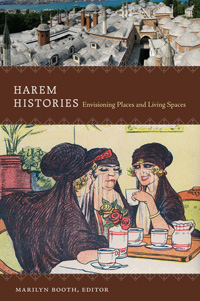Welcome to New Middle Eastern Studies
What is NMES? We are a new e-journal for early career researchers and graduate students who study the Middle East (broadly defined).
Who runs NMES? An editorial board composed of early career researchers and graduate students who are members of the British Society for Middle Eastern Studies (BRISMES).
Why is a journal like this needed? There are too few places for early career researchers and graduate students in Middle Eastern Studies to showcase and share their work. We aim to become the preeminent journal for this purpose.
How is the journal organised? Our journal publishes articles throughout the year and has no ‘issues’ as such. We have ‘topics’ located on the right of this page through which we organise our articles. We seek to publish articles of an interdisciplinary character which can be cross-listed under several of these topics.


